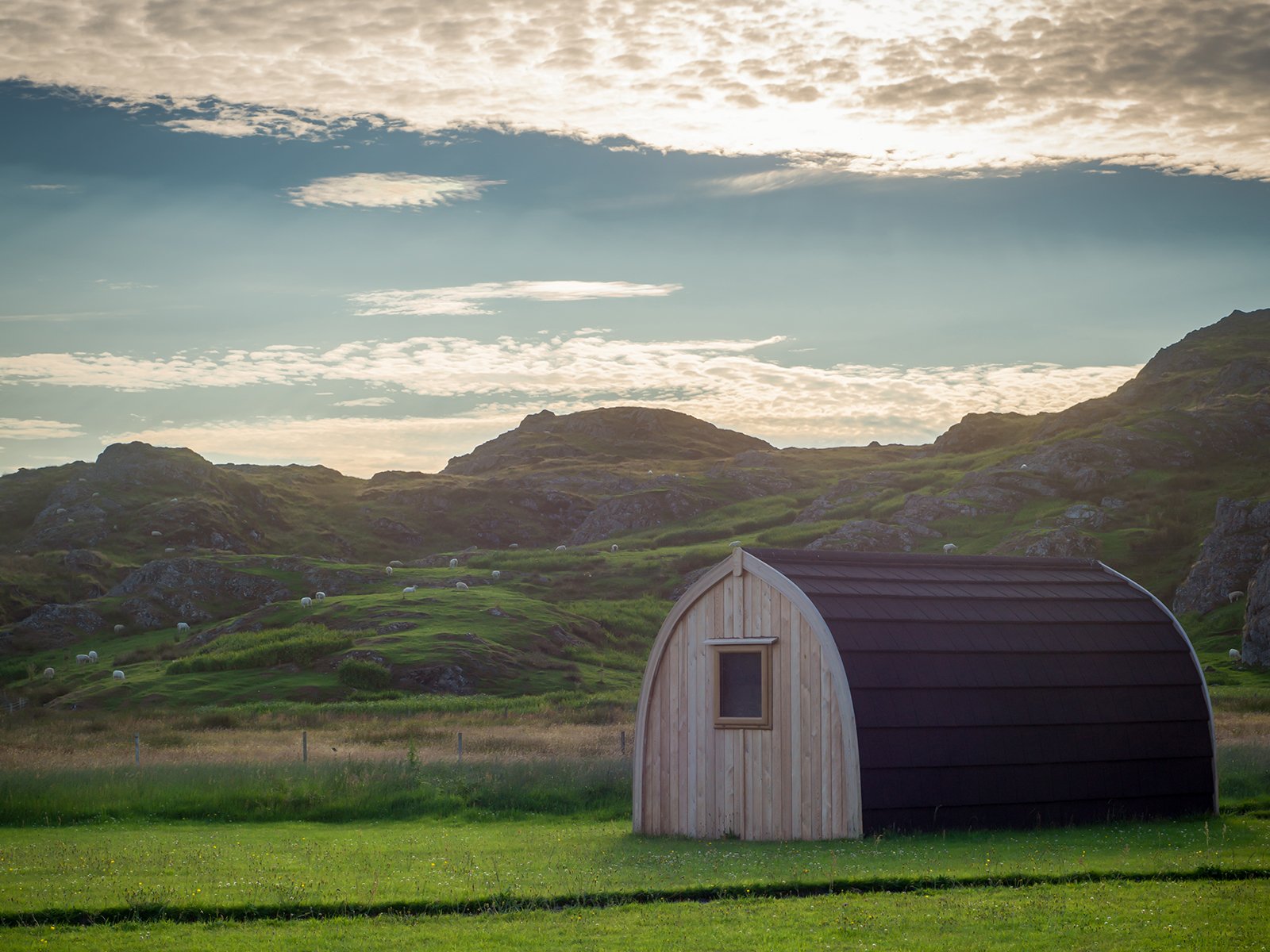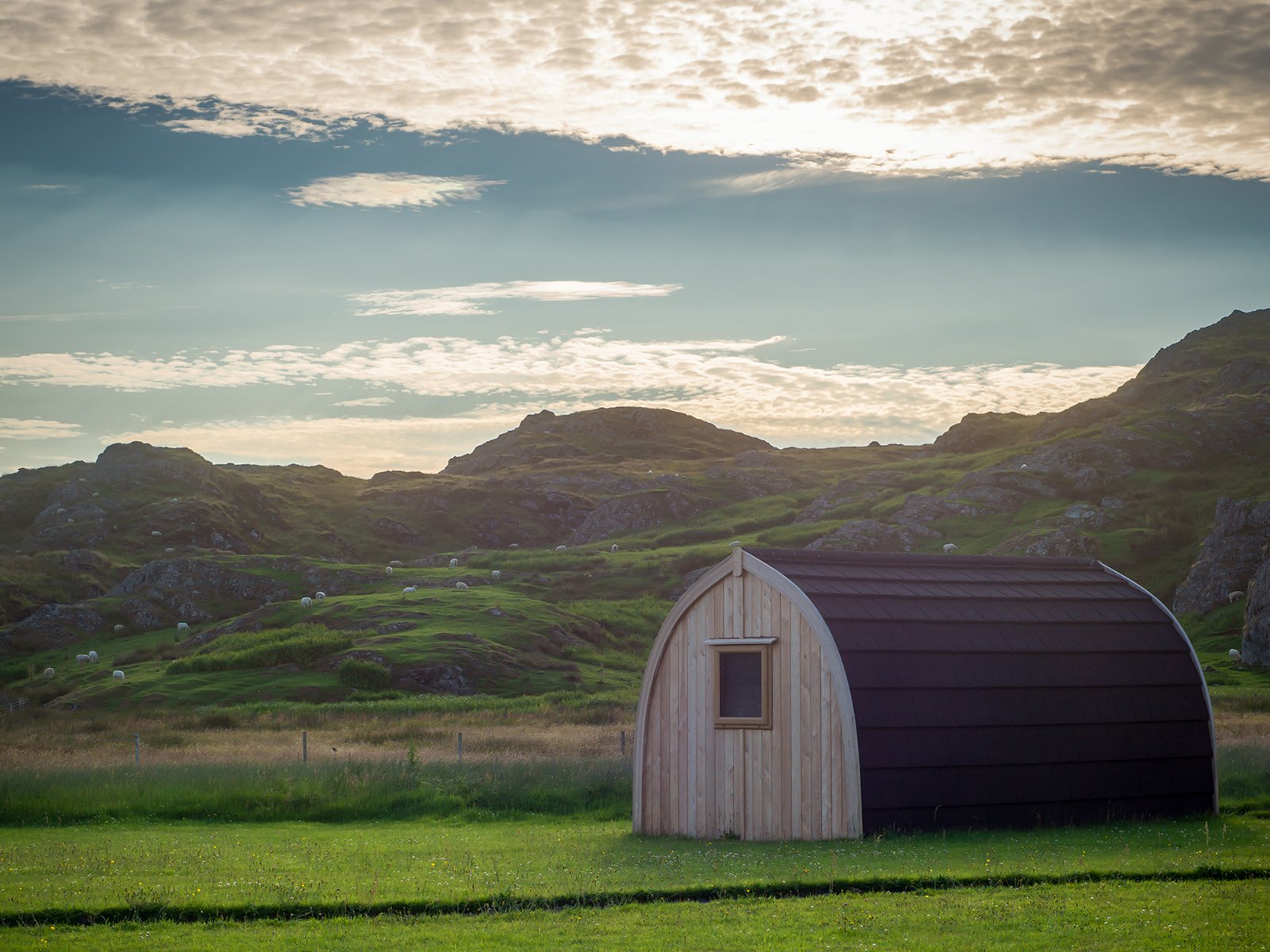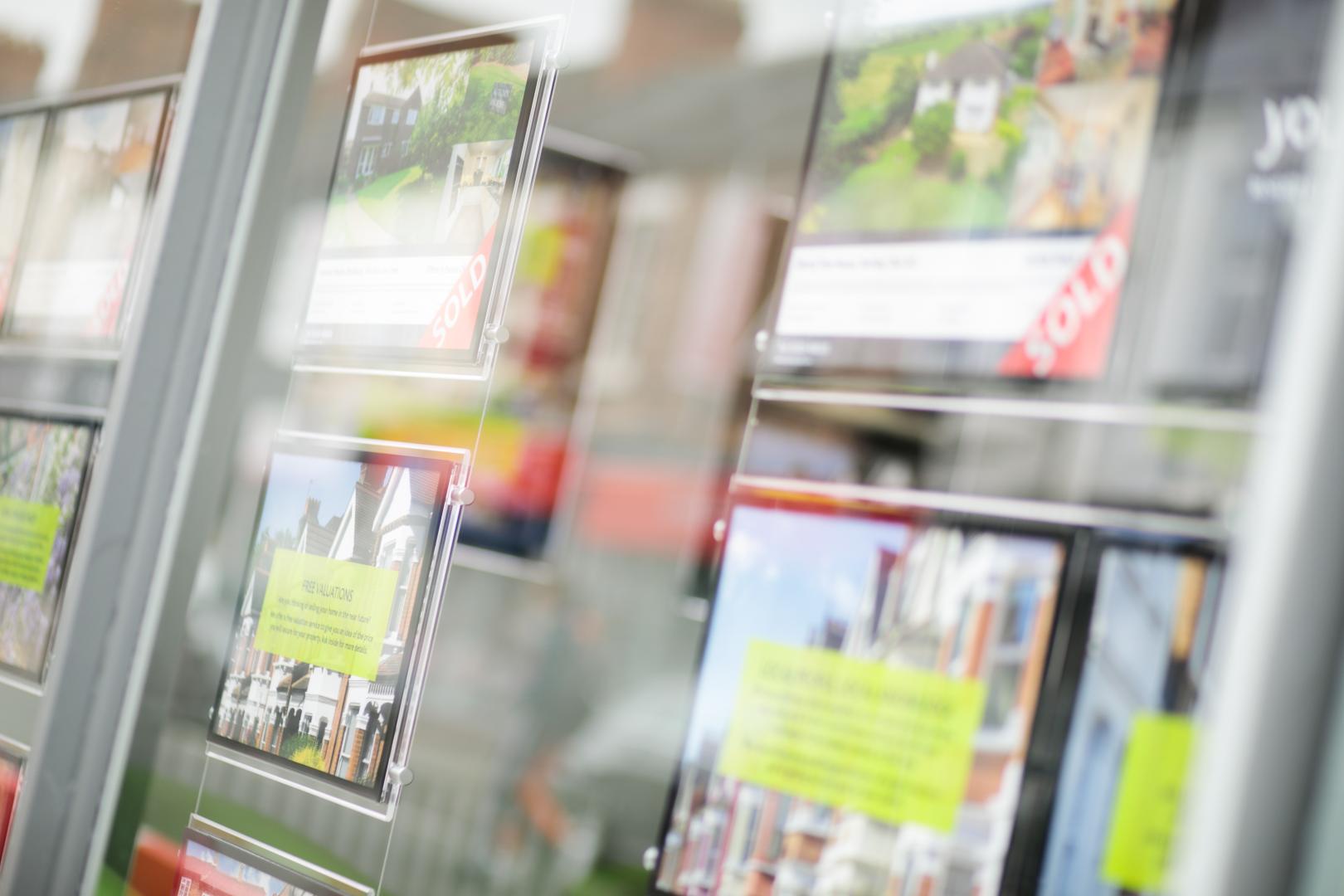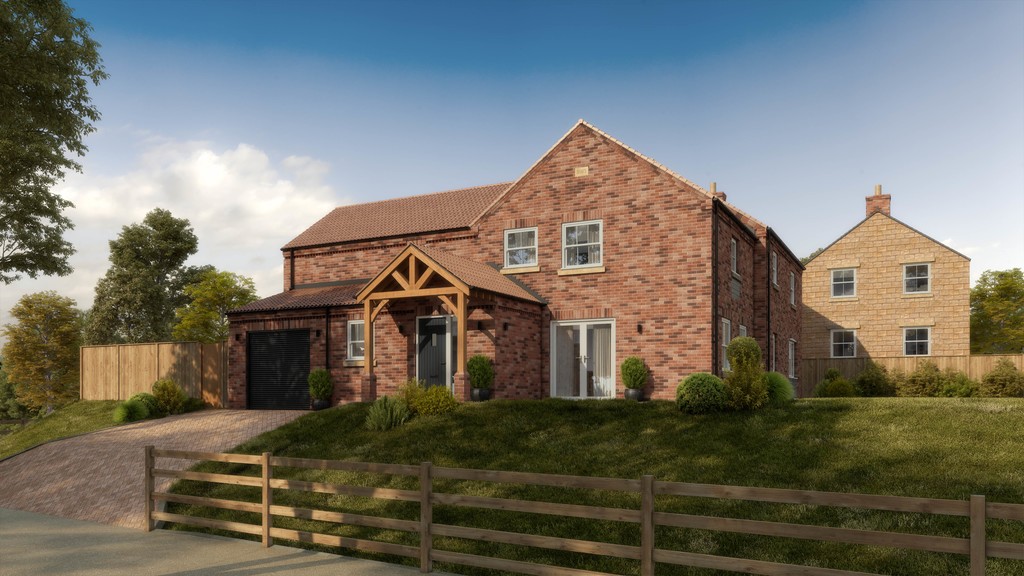The 'Staycation' Boom: Could your property provide an opportunity?

Mon 17 May 2021
The importance of the visitor economy is clearly emphasised in national and local planning policy, which fundamentally promotes a high quality, distinctive and authentic tourism offer that helps to strengthen local economies. A boost in the supply of tourist accommodation in the most desirable areas will likely support this aim and may also increase the number of visitors staying for longer. Furthermore, when considering the economic impacts of the current COVID-19 pandemic and the anticipated increase in holidaymakers travelling within the UK rather than travelling abroad, local planning authorities should be looking to actively encourage investment in new tourism opportunities. Successfully delivering on this vision will increase the opportunities for new businesses and jobs in the sector and secure additional visitor spending to support the local economy.
Whilst in principle support for tourism will inevitably carry weight in decision making, proposals must also take into account a variety of other material planning considerations. Perhaps most pertinent, due to the desirability of such locations, is the impact of introducing new buildings within the open countryside, Green Belt and other designated landscapes or heritage assets (including Areas of Outstanding Natural Beauty and Conservation Areas).
Planning applications are determined on a case-by-case basis and, therefore, forward planning and early engagement with the local planning authority often pays dividends. Amongst other things, the siting and design should take account of the character of the landscape and local area to help prevent any negative impacts. This could mean using previously developed land, locating new development close to existing buildings or utilising landscape features that limit wider views (e.g. topography and vegetation). Thought should also be given to a suitable choice of materials to help new developments blend seamlessly into their surroundings.
Proposals for the conversion of traditional buildings for tourist accommodation are preferable from a landscape impact perspective and are clearly supported in planning policy, particularly when determined as part of rural diversification schemes. However, such projects often require large upfront investments and, in some cases, may be better safeguarded for any future expansion opportunities – although in doing so it is important to ensure that the building is not left to fall into a state of disrepair.
Recent decisions have indicated that the more temporary forms of tourist accommodation such as glamping pods, shepherd huts and wigwams are best suited to sensitive areas when compared to a more permanent form of new building. A common misconception for this type of development is that planning permission is not required, but given the activity usually takes place for more than 28 days in a year and installation of utilities may also be required, planning consent is necessary to establish the change of use of the land and any associated building works.
We have recently experienced an influx of enquiries relating to tourism proposals, and in the right locations this can offer a quick return on investment, particularly where proposals are for the more temporary forms of holiday accommodation which are becoming increasingly more popular. If you believe your land or property could provide a staycation opportunity, our planning and development team has considerable experience in this field and can provide professional advice and support.
Tom Hutchinson | Contact Tom






Share this with
Email
Facebook
Messenger
Twitter
Pinterest
LinkedIn
Copy this link